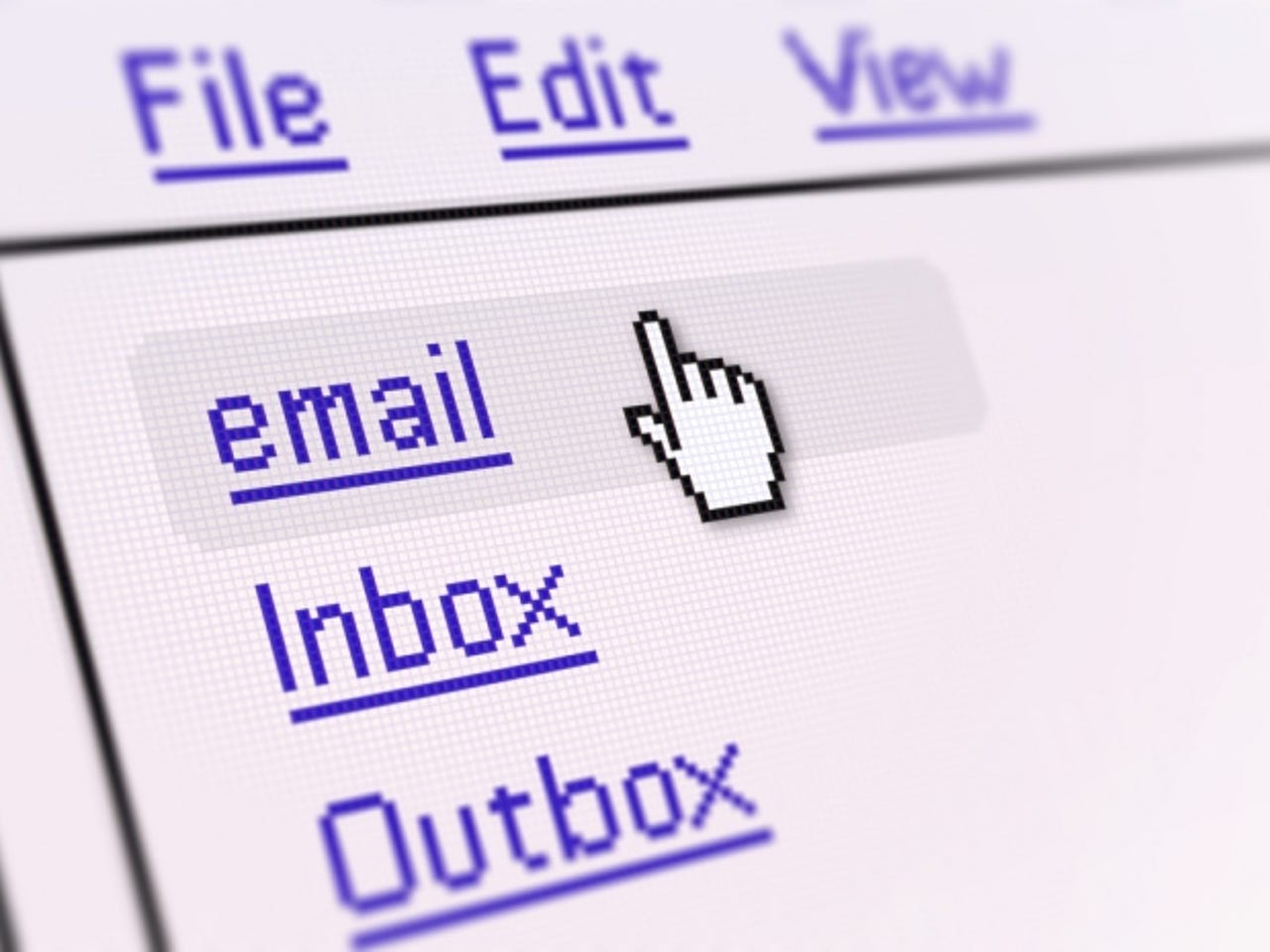The web design blind spot: Browser zoom shouldn't spell user gloom

Anna Karenina hit it out of the park: happy families are all alike, every unhappy family is unhappy in its own way.
When it comes to existential angst you can't beat the Russians, and Tolstoy perfectly captures the nature of disability: healthy people are healthy in the same way; there are as many individual disabilities are there are broken people.

As it is with me. I can read words under some circumstances, but those settings are unique to me. If I get font, colour, size and format right, I can read at an appreciable fraction of my old capabilities — but none of these are guessable from your side of my eyeballs.
READ THIS: Going blind in a digital world: The road to reclaiming my web sight
For example, font size doesn't make that much difference — bigger is by no means always better — and white text on black background, a high contrast setting that is often very useful to people with bad eyesight, is almost invariably illegible to me.
I cannot read most dot matrix fonts, although some work, and I have particular problems with clusters of vertical lines in text. Italics are hard; rotated text impossible. Diagrams, spreadsheets, lists of numbers — mostly gone.
READ THIS: Tech for the visually impaired will bring tears to your eyes
But ordinary text in the right format? Yeah, I can do that. Writing remains easy: I touch-type, and the bits of my brain that wire words together work as well (and as obstinately badly) as they always did. Mobile keyboards are not so good, especially when I have to find punctuation. And I'm the sort of pedant who hates to get apostrophes 'wrong', even in IM and texts. Gotta learn to mellow out about that.
So, providing I can get things to my satisfaction, the business of journalism should not be beyond me. These wonderful computers can render text any which way, and most things are delivered over open standards, so off we go.
Doom and zoom
Yeah, like you thought that would work. Let's start with the number-one tool in the shed of accessibility — browser zoom. Control + and Control -, things get bigger and things get smaller. There's no equivalent standard, and often no equivalent functionality, in non-web desktop software or mobile apps (we shall get to that later, oh yes), but it's all SAAS and web these days, right?
The range and inventiveness in which on-screen formats break in zoomed browsers continues to astound
Take Google Docs. Using the document editor in Chrome, a quick dab of the Ctrl-Plus combo makes things bigger — and also brings up a warning that functionality is not supported in zoomed modes. Please return your browser to 100 percent.
It's not kidding, either. One can, just about, use it for text entry and basic editing (the cursor right now is one space to the right of where the actual editing takes place, for example), but try and edit a shared doc with any sort of structure and misery results for all. And edits that don't go right are extra amusing when you can't quite see what's going on.
That's good behaviour compared to many other web apps. We use an online web service in the office for managing holidays, sick days and the like. In general, it has an interface designed by people who think UI is the sound someone makes while they're throwing up, but you learn how to get along with it.
However, try and use it zoomed and hilarity ensues. I haven't worked out the details, but when you click on a day in the calendar view, it activates some other day. That day may be one day away, it may be weeks away, but the day you clicked? Not that day. You can imagine how much joy that brings when you're responsible for approving holidays.
Other apps, internal and external, exhibit many such quirks. One draws faint lines through text, in a way that really tickles my visual cortex. Another displays editable text in a spindly font on a pale grey background, with no options, and as it manages text selection itself (instead of using the browser's selection), work-arounds that show selected text in a different window with its own settings... do not. The range and inventiveness in which on-screen formats break in zoomed browsers continues to astound.
Going the extra mile
Now, there are real difficulties in making this sort of thing work properly, and Google is to be commended for at least saying so openly. But they aren't problems that can't be solved: it looks at this distance as if few are prepared to put in the extra mile in design and testing to cope with zooming.
But developers are, in general, working at making things work on the many different screen sizes that mobile technology brings to the web, so the extra mile may not be much more than a couple of hundred yards.
However, one learns to live with what one can, and to try to persuade people to change things where it seems a battle that can be won. If one is lucky enough to share space with web developers, it can even be quite amusing to set their browser to a different zoom ratio when they're not looking, and see how long it takes for them to work out what's gone wrong.
There are worse sins out there. In the next instalment, I'll tell you about some of them.
NEXT: DRM and Adobe lead me into a nest of misery. There will be cursing.